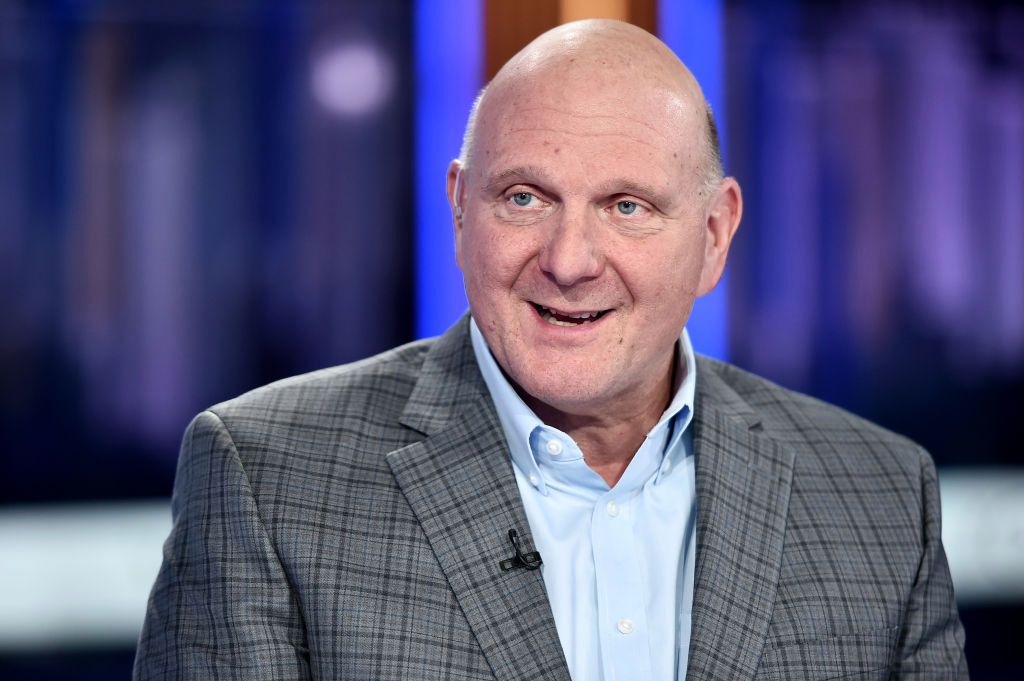
It’s been over 40 years since Steve Ballmer left the Stanford Graduate School of Business (GSB) behind to join Bill Gates’ startup, Microsoft, and it’s safe to say his decision was wise. The two former Harvard classmates would become instrumental to each other’s success, with Ballmer serving as Gates’ personal assistant and voice of reason—the only person who could persuade the young visionary to delegate anything to somebody else. Serving as the company’s first business manager, responsible for both accounting and hiring, among more responsibilities, Ballmer made himself indispensable to Gates, earning a modest salary and a small but lucrative share in the company.
In hindsight, the decision to leave Stanford was beyond savvy. He managed to gain plenty of hands-on experience leading Microsoft alongside Gates, climbing his way from personal assistant to CEO and guiding the company through the turbulent start of the 21st century. But through all of his success, the energetic businessman has never forgotten his time in Palo Alto, and when it was time to step away from Microsoft, Stanford would play a significant part in Ballmer’s next chapter.
In 2014, Microsoft’s human battery retired as CEO after 14 years of good, bad, and ugly, but Ballmer wasn’t planning a quiet retirement. He departed from Seattle and once more set his sights toward Stanford University. The famous graduate school dropout returned to the school as a professor, co-teaching two classes: a leadership course for the GSB and an undergraduate economics seminar called “Government By the Numbers.” His students represent a generation that Microsoft largely missed, thanks to the ubiquitous popularity of Apple’s iPhone. As far as any failures during his time as CEO are concerned, they inform his teaching as much as the successes.
That same year, Ballmer bought the embattled Los Angeles Clippers basketball team with a $2 billion bid—the second-highest sum ever paid for a sports franchise. The energy he once expended on the Microsoft stage perfectly suited him for the NBA, and he has since become regarded as one of the league’s best owners. For many years, the Clippers had existed in the shadow of L.A.’s other team, and the team’s previous owner left in disgrace. The former CEO used the same experiences that made him an effective educator as motivation to turn the franchise around, and with a purse of $71 billion, he had all the tools he needed. His plan worked, and his gamble paid off, just like the one he made in 1980.
